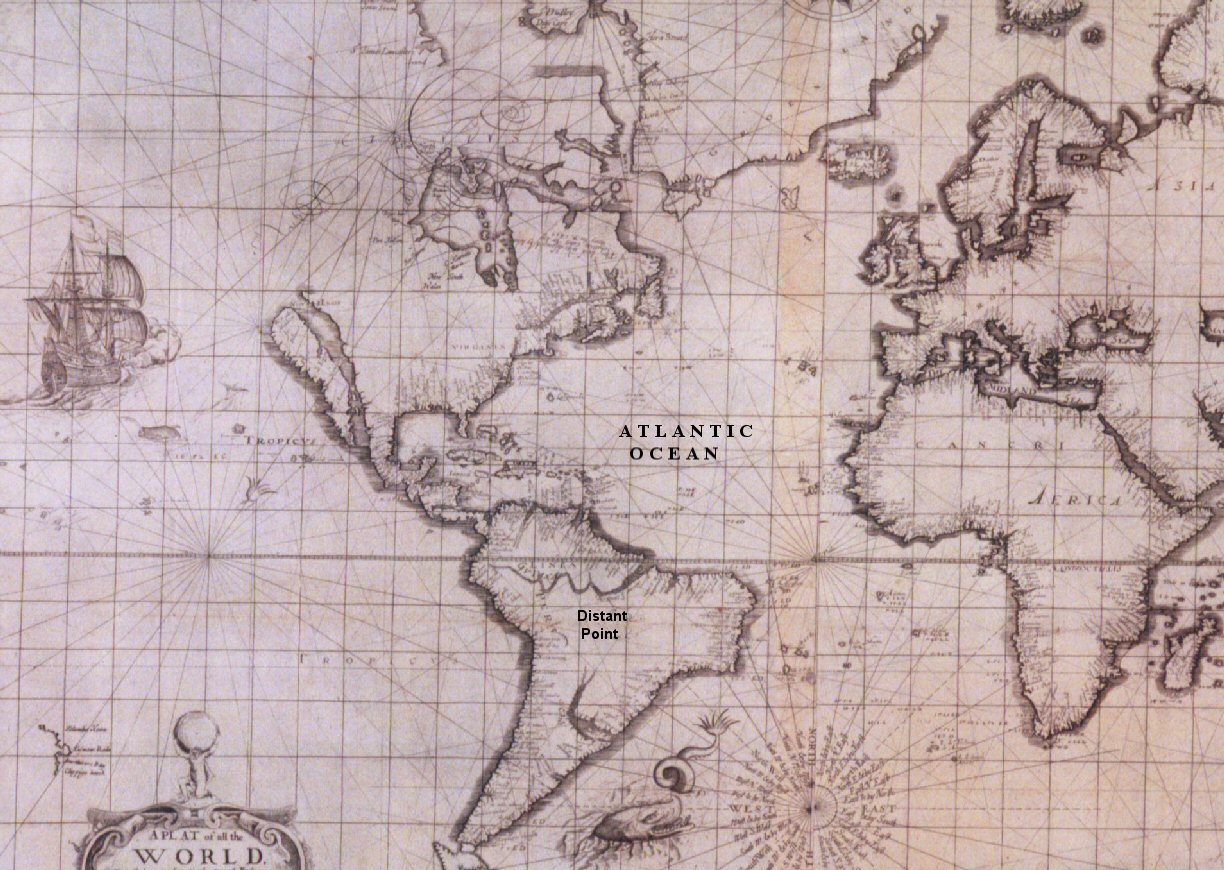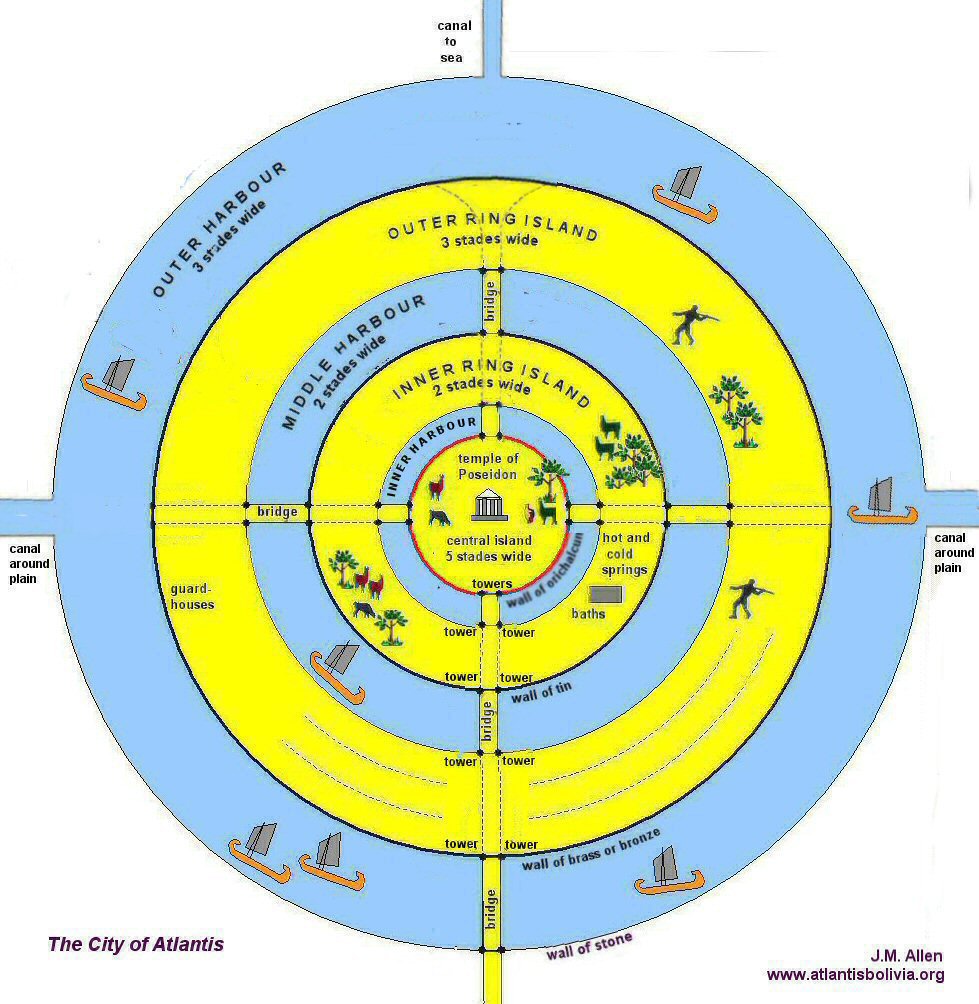
|

|
||
Atlantis Bolivia - page 5, Plato's sources, resumé, links and references
"New opinions often appear first as jokes and fancies, then as blasphemies and treason, then as questions open to discussion, and finally as established truths." - George Bernard Shaw
Resumé
Despite the vast amount of information and evidence presented in these
pages that demonstrate that the
geographical part of Plato's story of Atlantis was based upon a
description of South America, it is remarkable the extent to which it
has been
completely ignored by archaeologists, historians, moviemakers and
supposedly independent reviews like Wikipedia. In fact, the idea of
Atlantis being in Bolivia seems to be so detested by those that control
Wikipedia, that whilst managing to mention practically
every other proposed Atlantis site on the planet, no matter how little
evidence there was, they manage to consistently remove all reference
to Bolivia. (June 2017).
Perhaps this is a factor which influences moviemakers, or more likely it is simply cheaper to fly a film crew to Crete, for example, than to Bolivia what with additional costs of jeeps etc for expeditions. Also the factor that movie directors probably prefer swanning around on yachts in the Mediterranean or doing diving rather than getting out of breath on the high Altiplano.
One thing is certain, that when filming, Crete, Malta, Sardinia or south of Spain as in a recent Nat Geographic "documentary", there is no need to bother with the story that Plato gave or the details that Plato gave, it is enough for the directors to simply say something like "Atlantis was in the West", then they can omit the relevant details like the level rectangular plain of Atlantis, or the unique metals that existed in Atlantis etc etc.
On the site in Bolivia itself, it is the only realistic proposed Atlantis site in the world which actually has concentric rings of land, but it is mostly covered in shattered stones, some look like they might have been cut or part of buildings, but hard to tell for sure.
An independent Bolivian archeologist commissioned by the people of Pampa Aullagas went down to do a "prospeccion" of the site, which consisted mostly of picking up pieces of broken pottery, and the ridiculous statement he made was that there was pre-Columbian pottery but "there was no evidence of a Greek or Roman city on the site".
Atlantis of course never was a Greek or Roman city - except in the cinema movies and shows how little understanding these people have of the subject. Besides, after being sunk by earthquakes and floods, you are unlikely to find pre-earthquake pottery laying around on the surface or even intact buildings.
Another group of archaeologists commissioned by the local people to do a study on the site were shown a large black block of cut stone, but refused to put it in their report, denying the existence of cut stones at the Atlantis Mountain. However in May 2003, local comunario Ramon Puquimia Rafael whilst digging his field at the base of the mountain dug up a large rectangula block of white stone, the third he has found there.
However it is difficult to give an absolute proof that there ever was a city there, after all when destroyed by earthquakes it is common for nothing to remain, all stones usually become shattered or disappear beneath the ground, An Atlantis sunk by earthqukes would certainly NOT look like the illustrations in the movies, with sunken Greek style temples intact on the sea floor. Perhaps Plato even got this site mixed up with another beneath lake Titicaca, mentioned in Bolivian legend.
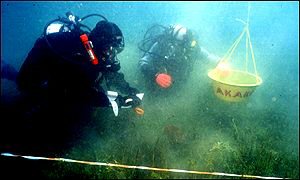
The Akakor expedition in the year 2,000 found a submerged temple under lake Titicaca which they said was 660 feet long, well 660 feet is one Sumerian "furlong" or "stade" and Plato did say that in Atlantis there was a temple one stade in length. They made further expeditions and their report of 2004 stated that they found "Building structures, containing walls, pavimentations, roads etc. have been found. Underwater ruins from 6,000 years ago and a gold idol of some 35 kilos. The statue is an amazing artefact, but for the AKAKOR staff the real treasure was another: finally we have proof, after years of research, that our theory was right and the structures and artefacts which have been uncovered will determine new knowledge of the dawn of civilization in the Andes."
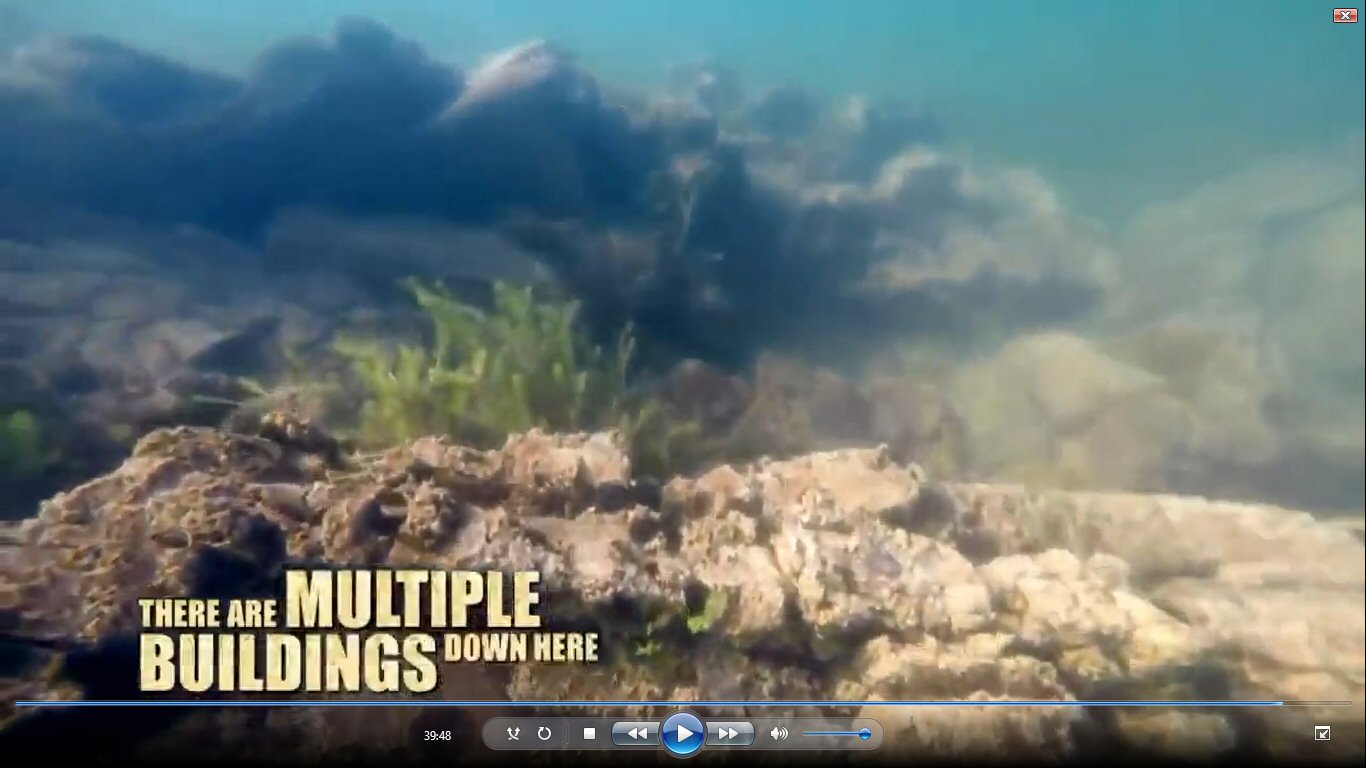
We can now add further, that the expedition of Josh Gates, "Adventures Unknown" and which has been named
"Atlantis of the Andes" found and filmed further
stuctures under Lake Wiñaymarca, stones and walls which they declared to be "multiple buildings down here."
Thus the legend of the Eternal City submerged beneath
lake Titicaca is true.
So there we have in Bolivia, not only legends which speak of a city punished by the gods and sunk beneath the waters of the lake, but modern archaeological expeditions which confirm the existence of ruins beneath the lake and dating also to a suitable timescale, 4,000 BC or even 8,000 BC according to some accounts suggesting the site was drowned at the end of the last ice age making them older than Caral in Peru previously thought to be the oldest city in the Americas. Plato spoke also of a sacred site which consisted of a mountain low on all sides surrounded by concentric rings of land and such a site exists at Pampa Aullagas, destroyed by earthquakes just like Plato said.
I think the important thing to consider is that Plato was not writing a true historical account of Atlantis, but he was writing about the ideal form of government and he explains how he has to demonstrate how his ideal Athens would be successful in time of war by defeating a hugely superior enemy, then he introduces the story of Atlantis.
So, just like any modern writer, he must have got his ideas or information from somewhere, and used parts of it along with some imagination to put together the total story of Atlantis.
People may say, well how could that vast army and navy sail from "Bolivia" to Europe. On the first hand, it didn't need to, because what Plato is actually describing as the war, is the war that began with the Greek invasion of Troy and ended with the defeat of the Persians at the Battle of Salamis in 480 BC, (even had the same number of ships that Plato gave) but Plato could not openly describe that because Athens at that time was a democracy, and Plato did not like democracy, so he pushed the date back 9,000 years into the past. But most Spanish historians of the 16th century knew that Plato was talking about America and that Plato's date was 9,000 months, not years. That is well documented but ignored by modern historians.
There again "The New Atlantis", 1627 by Sir Francis Bacon describes how two large fleets set sail from the Americas, one heading east from Tyyambel (Mexico) and the other heading west from Coya, the prehispanic name for Bolivia spelled Kolla.

The important thing to recognise is that Plato's description is a description of America in general, and of Peru/Bolivia in particular, it is the only location in the world that has practically all of the geographic features Plato described, but one should not get bogged down to much with his description of the actual city itself since in that part I think his imagination comes into play also with his description of the military disposition of the allotments which is clearly inspired by Herodotus describing the Persian forces.
But I think that the people of ancient America were allies of the ancient Persians and so we do have an "Ethiopian" army coming to the aid of Troy and we did have the mysterious "Sea Peoples" with their feathered headdresses attacking Egypt etc, and in Egypt they found coca in the mummies, so perhaps the story of the "Legend of the Desaguadero" reached Egypt via the people trading in coca, as well as the other details describing the Altiplano. Also the ancient Assyrian "gods" are depicted wearing eagle masks similar to Aztecs and feathered headdresses. The chief Sumerian god, Oannes is said to have arrived by sea and is also depicted wearing a fish costume. These are customs of ancient Americans. There were also two famous circular cities with concentric battlements painted in different colours in ancient Persia, nothing remains of these today. Perhaps details of these cities, obtained through the descriptions of Herodotus, influenced Plato in his description of the city of Atlantis, or perhaps the Persian cities found inspiration for their design in the site with concentric rings at Pampa Aullagas.
So, to sum up, I think it wrong to take every single aspect as literally true word for word, but to look instead at the many actual features which can be proven to be true.
Thus:
An island in the Atlantic Ocean, opposite the Pillars of Hercules, yes.
Larger thanarge Libya and Asia Minor together, yes.
In the centre of the whole island continent, a plain, yes.
The plain is in the centre of the longest coastline, yes.
The plain is perfectly level, of rectangular shape, yes.
It measures 3,000 x 2,000 stades, yes, using Assyrian stades of 200 cubits.
The plain is high above the sea. yes.
The plain is enclosed by mountains, yes.
There are local deposits of gold, silver, copper, tin and orichalcum, yes.
In the centre of the plain, 50 stades from the sea (lake) a mountain low on all sides, yes.
The mountain has concentric rings of land, yes.
The mountain has been destroyed by earthquakes and sunk beneath the sea (lake), yes.
The first inhabitants born in pairs, yes.
etc., etc., up to 50 points.
Plato: "to make the hill whereon she dwelt impregnable he broke it off all round about; and he made circular belts of sea and land enclosing one another alternately, some greater, some smaller, two being of land and three of sea, which he carved as it were out of the midst of the island; and these belts were at even distances on all sides, so as to be impassable for man" (113D)
Up to here so good so far, that is, as far as the god of the sea (nature) opening up rings of land around the mountain. But since Plato obviously borrowed from the Histories of the Persian Wars against Athens when describing the military disposition of Atlantis, did he similarly endow this natural site with embellishments such as docks for triremes and racecourse for horses, polishing up the natural rings into perfectly concentric rings encased in bronze, tin and orichalcum similar to Persian cities of the time of Herodotus? or were the early Persiian cities modelled on the site on the Altiplano? Or did he mix up a description of a gold-encrusted city now beneath Titicaca with the description of the ringed mountain at Pampa Aullagas or a combination of both ....
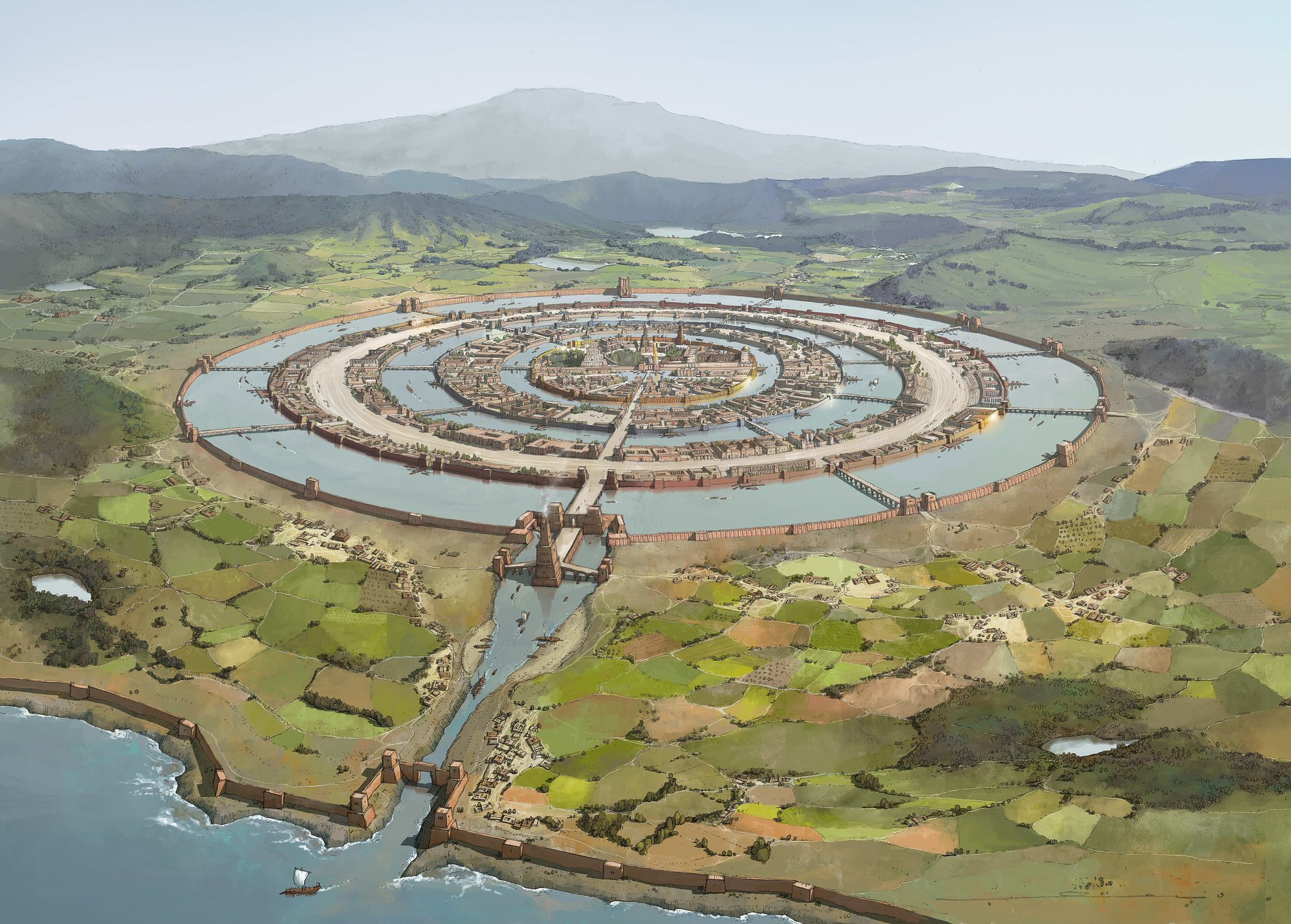
Above, a modern illustration of the city of Atlantis, reasonably faithful to the story and showing the concentric rings of land and sea
although Plato did say that Atlantis was a mountain which was low on all sides.... Atlantis
was built "on a hill".

Abandoned
suka kollus
with concentric plots of land separated by dried up water channels in Peru near lake Titicaca
video by Jois Mantilla.
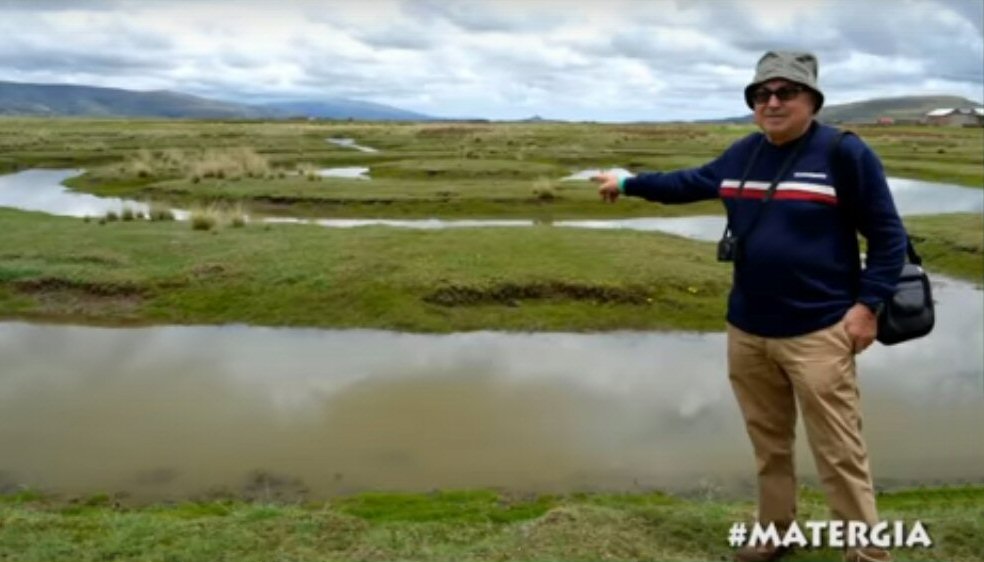
Abandoned suka kollus with concentric rings of land separated by water channels near Acora in Peru close to lake Titicaca
from a
video
by Rafa Mercado.
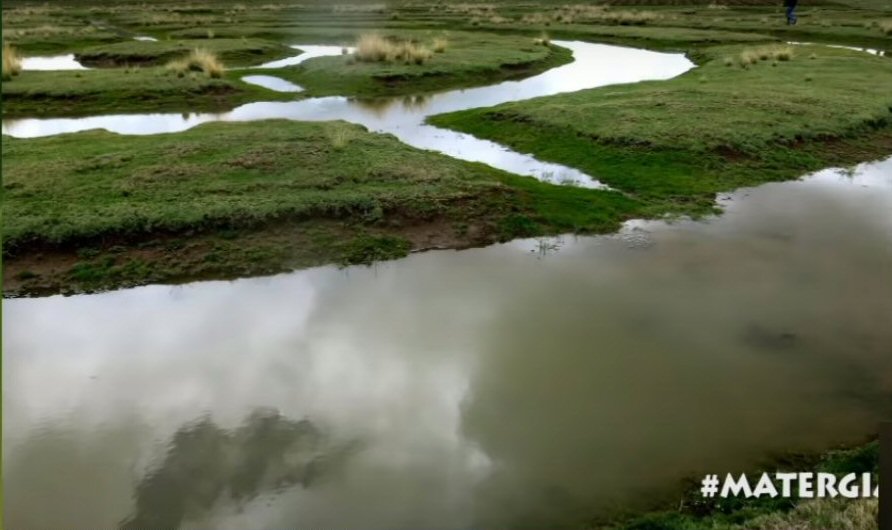
Abandoned suka kollus with concentric rings of land separated by water channels in Peru near lake Titicaca
from a
video
by Rafa Mercado.
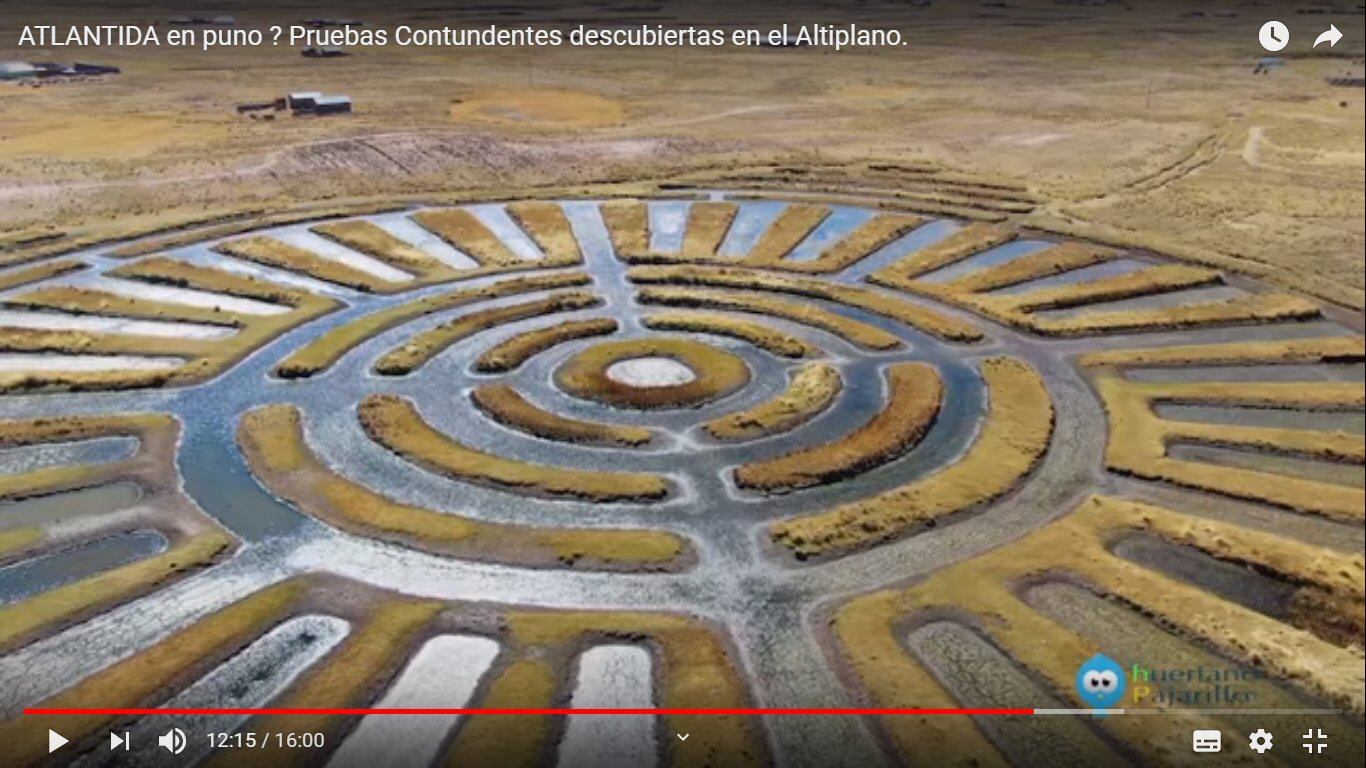
Abandoned suka kollus with concentric rings of land separated by water channels in the region of Acora, Peru near lake Titicaca
from a
video
by Huerfano Pajarillo .
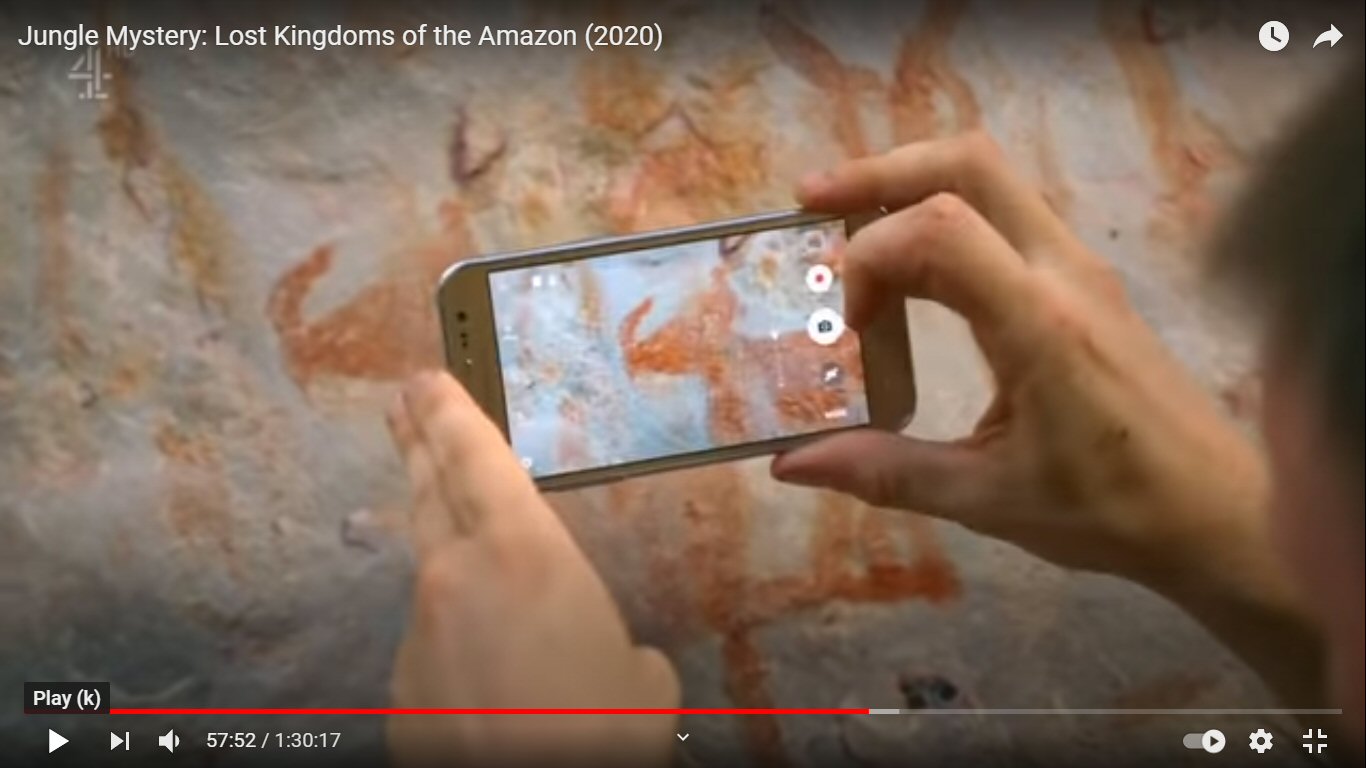

above left, rock drawing of Mastodon in Amazonia. Above right, rock drawing of horse, Amazonia.
These drawings are thought to date to around 11,000 BC to a time when Amazonia was not jungle but savanna inhabited by numerous human settlements.

After serving with the Royal Air Force, Jim Allen used his expertise in mapping and aerial intelligence to identify the location
of the site of Atlantis from Plato's description. After publishing his initial findings in Atlantis: The Andes Solution in 1998,
he followed this up with numerous expeditions in the field. His research was the subject of a Discovery Channel documentary and
earned him an honorary doctorate from Oruro Technical University in Bolivia. He currently lives on a yacht in Barcelona.
Jim Allen e-mail address
webatlantis@hotmail.com

Book 1 - Atlantis: the Andes Solution
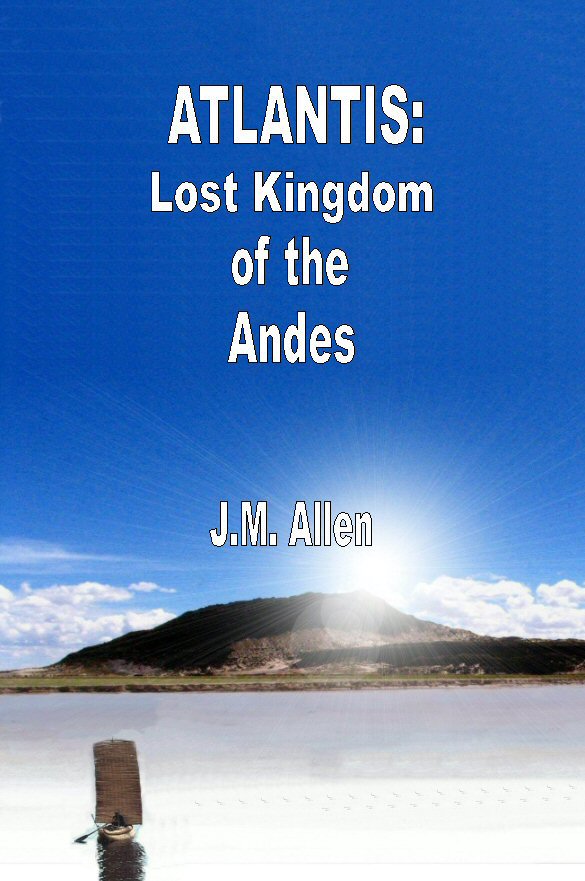
Book 3 - "Atlantis: Lost Kingdom of the Andes"
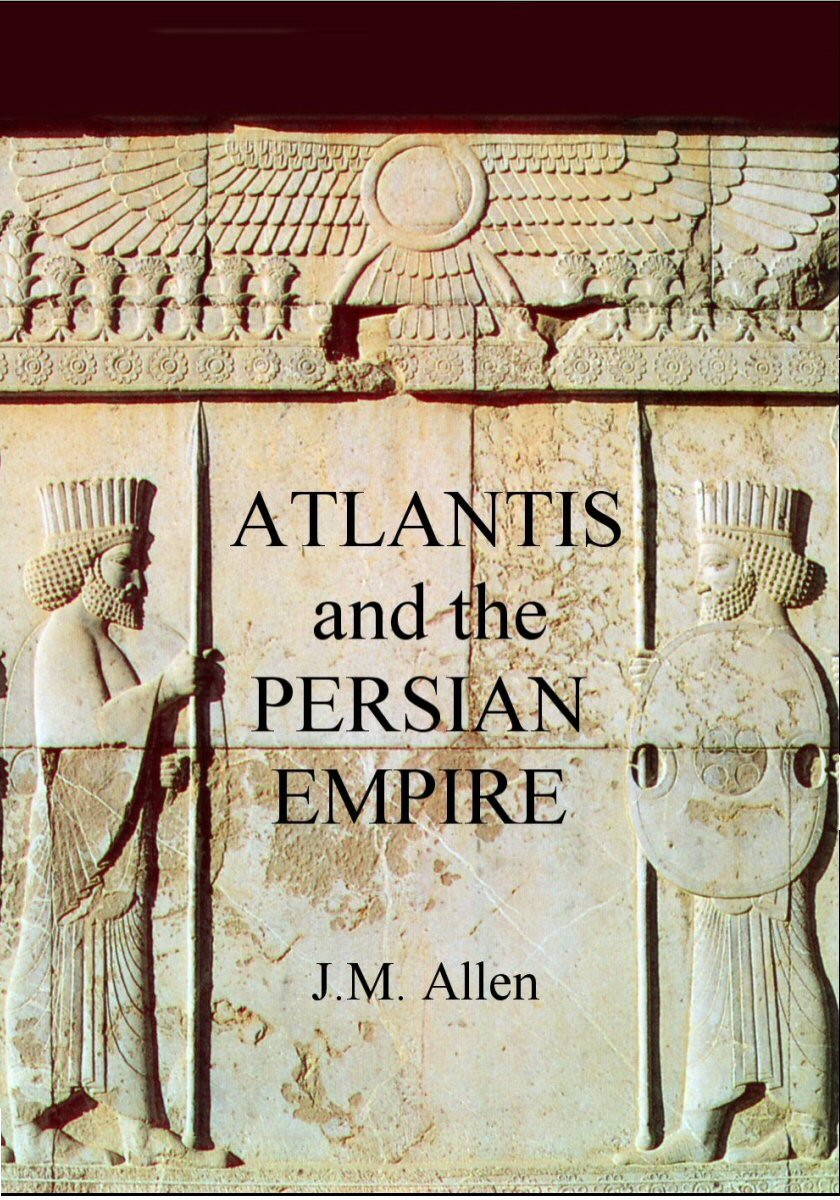
Book 4 - "Atlantis and the Persian Empire"

Book 5 - "Atlantis: the Lost Expedition"
Book, "Tiwanaku - a City lost in Time
Book, "Plato´s Atlantis or THE ATLANTIC ISLAND" 7 translations, 6 in English, 1 in Spanish
Full Paper part I submitted to Atlantis Conference Athens 2008 PDF
Full Paper part II submitted to Atlantis Conference Athens 2008 PDF
Full Paper part III submitted to Atlantis Conference Athens 2008 PDF
beyond the Milos 24 points statements comparison 50 points
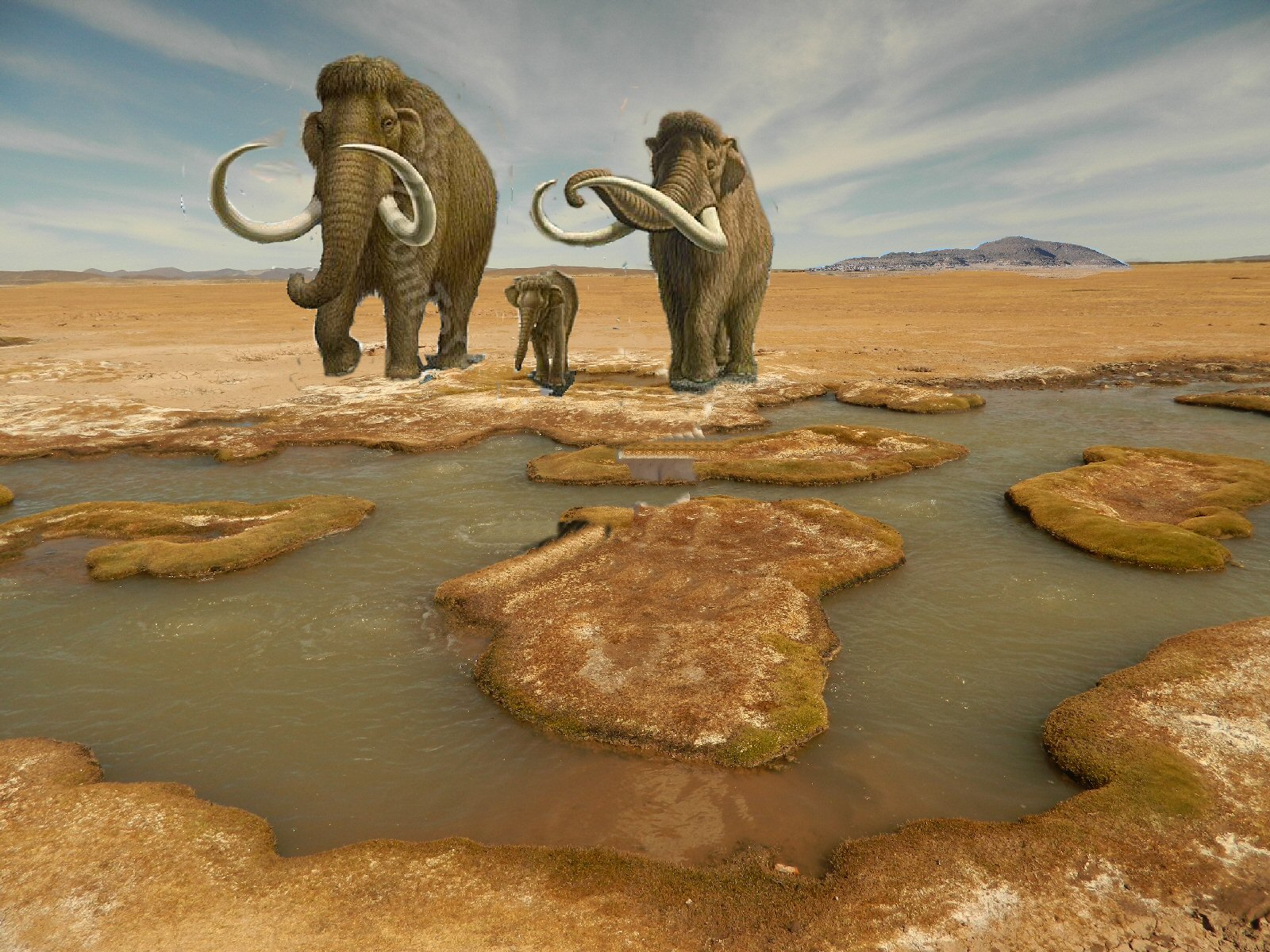




Atlantis the Altiplano Bolivia versus Santorini/Crete, south of Spain and Eye of the Sahara
Bibliography
Allen, J.M. Atlantis: the Andes Solution, Windrush Press. 1998 Atlantida: La Solucion Andina Latinas Editores, Oruro
Allen, J.M. The Atlantis Trail Amazon La Ruta de la Atlántida, Latinas Editores, Oruro, 2001
Bolivia.
Allen, J.M. Atlantis: Lost Kingdom of the Andes, Floris Books 2009
Allen, J.M. Atlantis and the Persian Empire Amazon
Alsop, Joseph, From the Silent Earth, Seeker & Warburg, 1965
Ancient America, Time Life Books
Aveni, Anthony, Empires of Time, I.B. Taurus & Co. Ltd.
Anthony, Michael, The Golden Quest, Macmillan, 1992
Bacon, Francis (1627) The New Atlantis, modern edition (1900)
Cambridge University Press.
Baker, Paul A., Dunbar, Robert B. et al. (2001) "The history of
South American tropical climate for the past 25,000 years from
the sedimentary record of Lake Titicaca (Bolivia/Peru)",
Science, Vol.291, 5504, January 26, 2001, pp. 640-43.
Blavatsky, H. P., Isis Unveiled, Theosophical Publishing
House, 1877
Berossus, (3rd cent BC) Ancient Fragments, by Isaac Preston Cory,
published by William Pickering, Lodon 1832
Berriman A.E. Historical Metrology, London , J.M. Dent & Sons 1953
Bellamy, H.S. Built before the Flood, Faber and Faber 1947
Bingham, Hiram, Lost City of the Incas Atheneum N.Y. 1970
Botting Douglas Humboldt and the Cosmos, Michael Joseph 1973, Sphere Books 1973
Blashford-Snell, John 'An Amazonian Adventure, Phase
VII', Past Horizons Magazine, Online Journal of Volunteer
Archaeology and Training, Issue 4, Sep. 2008
Blavatsky, H.P. (1877) Isis Unveiled, Theosophical Publishing
House, NY.
Braghine, Col. A. (1940/1980) The Shadow of Atlantis, The
Aquarian Press Ltd.
Brown, Dale (1994) The Search for El Dorado, Time-Life Books,
Bruhns, Karen Olsen Ancient South America, Cambridge
University Press 1994
Bury, R. G., (1929) Plato IX Timaeus, Critias, Cleitophon,
Menexenus, Epistles, Harvard University Press, Cambridge,
Mass., US.
Candia, Don Antonio Paredes (1998) Leyendas de Bolivia, La Paz,
Bolivia.
Carter, William, Bolivia - A Profile, Praeger Publishers, 1971
Castlereagh, Duncan, The Great Age of Exploration, Readers Digest/ Aldus Books, 1971
Childress David Hatcher, Lost Cities and Ancient Mysteries of South America, Adventures Unlimited Press, 1985
Claiborne, Robert, Climate, Man and History, Angus & Robertson, 1973
Coe, Michael D., Mexico, Thames & Hudson, 1984
Cornell, James, The First Stargazers, The Athlone Press,
1981
Corvison, Oscar, (1996) Calendario Solar Vigesimal de Tiwanaku
La Paz
Cotterell, Leonard, The Bull of Minos, Evans Bros Ltd, 1962
Coote, Stephen (1993) A play of Passion, the life of Sir Walter
Ralegh Macmillan London
CyArk (2009) http://archive.cyark.org/north-elevation-of-el-castillo-with-measurements-media
Davies, Nigel, The Aztecs, Macmillan, 1977
Dilke, Christopher, Letter to a King, George Allen & Unwin, based upon
El primer nueva corónica y buen gobierno by Guaman Poma (1615) edited and published
in English by Christopher Dilke as, Letter to a King: A Peruvian Chief's Account of Life
under the Incas and under Spanish Rule (New York: E.P. Dutton, 1978).
Diaz, Bernal, The Conquest of New Spain (1517) Penguin 1963
Donnelly, Ignatius Atlantis: The ante-diluvian world (1882 reprinted 1949) Sampson, Low, Marston
& Co., Ltd. London and Edinburgh
Drucker, David R. A measurement system of Teotihuacan 1971
Elola, B. (2004) La Atlántida ahora es Irlanda http://www.elmundo.es/elmundo/2004/08/06/ciencia/1091817562.html
Erlingsson, Ulf (2005) The Atlantis Hypothesis: Searching for a Lost Land, Proceedings of the Melos Island International Symposium, 11-13 July 2005, First Edition, Editor: Stavros Papamarinopoulos, Publisher: Heliotopos, p.p.417-432
Evans, Humphrey, The Mystery of the Pyramids, Marshall Cavendish, 1979
Evolution, Time Life, 1970
Fasold, David, The Discovery of Noah's Ark, David Fasold, Sidgwick & Jackson, 1990
Fawcett, Lt. Col. P. H., Exploration Fawcett, The Companion Book Club, 1954
Fodor's Guide to South America 1979, Fodors, 1979
Fernández-Arnesto, F. (2006) Amerigo, the man who gave his name to America, UK.Weidenfeld & Nicholson, (Orion).
Gamboa, Pedro Sarmiento de (1572) Historia de los Incas, Peru, translated, edited and
published in English by Sir Clements Markham, (1907) as History of the Incas, UK,
The Hakluyt Society, Cambridge University Press, (see Markham 1907)
Graves, Robert The Greek Myths, Penguin, UK. 1955
Gómara, Franciso López de La Historia de las Indias, Zaragoza. 1552
Guide to Peru, Ediciones de Arte Rep, Lima
Hancock, Ralph, Mexico, Macmillan
Hapgood, Charles, Maps of the Ancient Sea Kings, Turnstone Books, 1966
Hapgood, Charles, The Path of the Pole, Turnstone Books
Harden, Donald, The Phoenicians, Pelican Books, 1980
Hemming, John, The Search for El Dorado, Michael Joseph, 1978
Hemming, John, The Conquest of the Incas, Abacus, 1970
Herodotus Histories Wandswoth Classics 1966
Heyerdahl, Thor, The Tigris Expedition, Doubleday & Co., 1982
Homer The Iliad Penguin Classics 1950
Homer The Odyssey Penguin Classics 1946
Honore, Pierre, In Quest of the White God, Hutchinson
Howse, Derek, Greenwich Time and the Discovery of Longitude, Oxford University Press, 1980
John, Brian S., The Ice Age Past & Present, Collins, 1977
Jowett, Benjamin (1893) Plato's Timaeus
Kendall, Ann Everyday Life of the Incas, B.T. Batsford,
London 1973
Klein, Herbert S. Bolivia, Oxford University Press, USA 1992
Larco Hoyle, Rafael, The Ancient Civilisation of Peru, Barrie & Jenkins, 1967
Larousse Mythology, Larousse, 1959
Leakey, Richard E., Origins, Macdonald & Janes, 1977
Living Architecture - Mayan, Oldebury Book Co., 1964
Lee, Desmond Plato Timaeus and Critias, Penguin Books, UK. 1965
Magnusson, Magnus, BC The Archaeology of the Bible Lands, Bodley Head, 1977
Markham, Sir Clements (1907) History of the Incas, (translation of Pedro Sarmiento de Gamboa, 1572, above), The Hakluyt Society.
Cambridge University Press, UK.
Marcus, Joyce, Zapotec Writing, Scientific American,
February 1980
Maspero, G. History of Egypt, Chaldea, Syria, Babylonia and
Assyria translated by M.L. McClure published by The Grolier
Society, London
Mavor, J. W., Voyage to Atlantis, Fontana, 1969
Menzies, Gavin, 1421: The year China discovered the world Bantam Books 2002
Montaño, Mario (1979) Raíces Semíticas en la Religiosidad
Aymara y Kichua, La Paz, Bolivia.
More, Thomas, Utopia Penguin Classics 1961
Morison, Samuel Eliot, Christopher Columbus Meridian (Penguin) 1983
Muck, Otto, The Secret of Atlantis Fntana/Collins 1976
Mythology of the Americas, Hamlyn, 1970
Ondegardo, Polo de, (1571) Los errores y supersticiones de los
Indios, Peru
Pendlebury, John, The Archaeology of Crete, Methuen, 1965
Plato (360 b.c.)IX Timaeus, Critias, Cleitophon, Menexenus, Epistles,trans R.G. Bury, Harvard University Press, Cambridge,
Mass., US.
Plato (360 b.c.)The Republic Penguin 1955
Plutarch (75AD) The life of Solon http://classics.mit.edu/Plutarch/solon.html
Poma, Guaman (1615) El primer nueva corónica y buen gobierno edited and published
in English by Christopher Dilke as, Letter to a King: A Peruvian Chief's Account of Life
under the Incas and under Spanish Rule (New York: E.P. Dutton, 1978).
Posnansky, Arthur, (1937) Antropología y sociología andina, La
Paz -, (1945) Tihuanacu, the Cradle of American Man J.J. Augustin N.Y.
Prescott, William H., The Conquest of Peru, Harper N.Y.C.,
1847
Quenell, Marjorie & C. H. B., Everyday Things in Ancient Greece, B. T. Batsford Ltd, 1954
Redfield James (1997) The Celestine Prophecy, Warner Books, USA
Richter, Ulf (2005) Plato's Atlantis was in a River Delta The Atlantis Hypothesis: Searching for a Lost Land, Proceedings of the Melos Island International Symposium, 11-13 July 2005, First Edition, Editor: Stavros Papamarinopoulos, Publisher: Heliotopos, p.p.451-466
Rohl, David (1999) Legend - the Genesis of Civilization, Arrow Books, UK
Saunders, N. K., The Sea Peoples, Thames & Hudson, 1985
Savoy, Gene, Vilcabamba - Last City of the Incas, Robert Hale
Salcamaygua, Juan de Santa Cruz Pachacuti Yanqui (1603)
Crónica relación de antigüedades de este reino del Perú
(private collection) republished by Editorial Fondo de Cultura Económica, Lima, 1995
Slesser, Malcolm, Discovery of South America, Hamlyn, 1970
Sprague de Camp, L., Lost Continents, Dover, 1970
Sugiyama, Saburo Human Sacrifice, Militarism and Rulership USA, Barnes & Noble, 2005
Swaney, Deanna, Bolivia - a travel survival kit, Lonely
Planet, 1988
Thom, A. (Megalithic Sites in Britain, Clarendon Press 1967
Thompkins, Peter Secrets of the Great Pyramid Penguin Books 1973
Vega, Garcilaso de la (1609) Comentarios reales de los Incas, Lisbon
Verrill, Hyatt & Ruth America's Ancient Civilizations, G.P.
Putnam's Sons, NY 1953
Von Hagen, Victor W., Realm of the Incas
Von Hagen, Victor W., The Golden Man Saxon House 1974
Ward, A. G., The Quest for Theseus, Pall Mall Press, 1990
Wilkins, Harold (Mysteries of Ancient South America, Lyle
Stuart, USA 1974
Zarate,Agustín
The Discovery and History of Peru (1556)
trans by J.M. Cohen Pub Penguin Classics 1968
Atlantis translations
1 Taylor, details unknown
2 Donnelly, Ignatius Atlantis: The ante-diluvian world (1882 reprinted 1949) Sampson, Low, Marston
& Co., Ltd. London and Edinburgh
3 Jowett, Benjamin Plato's Timaeus 1893
4 Bury, R. G., Plato IX Timaeus, Critias etc., Harvard University Press, 1929
5 Lee, Desmond, Plato Timaeus and Critias, Penguin Books, 1965
11 Homer The Iliad Penguin Classics 1950
12 Homer The Odyssey Penguin Classics 1946
13 More, Thomas, Utopia Penguin Classics 1961
14
Dilke, Christopher, Letter to a King, George Allen & Unwin, based upon
El primer nueva corónica y buen gobierno by Guaman Poma (1615)
edited and published
in English by Christopher Dilke as, Letter to a King: A Peruvian Chief's Account of Life
under the Incas and under Spanish Rule (New York: E.P. Dutton, 1978).
15 Graves, Robert, The Greek Myths, Penguin, 1955
16 Berriman, A. E., Historical Metrology, J. M. Dent & Sons Ltd, 1953
17 Klein, Herbert S., Bolivia, Oxford University Press, 1992
18 Thom, A., Megalithic Sites in Britain, Clarendon Press, 1967
19 Aveni, Anthony, Empires of Time, I. B. Taurus & Co. Ltd, 1990
20 Blavatsky, H. P., Isis Unveiled, Theosophical Publishing
House, 1877
21 Fasold, David, The Discovery of Noah's Ark, David Fasold, Sidgwick & Jackson, 1990
22 Heyerdahl, Thor, The Tigris Expedition, Doubleday & Co., 1982
23 Bacon, Francis, The New Atlantis, Cambridge University Press, 1900 (Original edition 1627)
24 Hemming, John, The Conquest of the Incas, Abacus, 1970
25 Bingham, Hiram, Lost City of the Incas Atheneum N.Y. 1970
26 Botting Douglas Humboldt and the Cosmos, Michael Joseph 1973, Sphere Books 1973
27 Gómara, Franciso López de La Historia de las Indias, Zaragoza. 1552
28 Gamboa, Pedro Sarmiento de (1572) Historia de los Incas, Peru, see next entry
29 Markham, Sir Clements, History of the Incas, translated, edited and
published in English from Gamboa, Pedro Sarmiento de (1572) Historia de los Incas The Hakluyt Society, Cambridge University Press, 1907
30 Zarate, Agustín, Historia del descubrimiento y conquista del Perú (1556)
published in English as The Discovery and History of Peru trans by J.M. Cohen Pub Penguin Classics 1968
31 Sugiyama, Saburo, Human Sacrifice, Militarism and Rulership USA, Barnes & Noble, 2005
A remarkable book Letter to a King [14]
a petition by one of the few remaining Inca noblemen Huaman Poma (1567-1615) to the King of Spain records the details of the Andes before its destruction at the hands of the Conquest ...
"In every village in this country there are watercourses, constructed in ancient times, into which the water is diverted from rivers,
lakes or ponds. So much labour was involved that the cost . . . These works date back to the time before the Incas, when there was a large population under a single king. Not only watercourses were constructed but also terraces for the planting of crops on the hillsides. These were built up laboriously by hand, without tools, by Indians who each placed a single stone at a time to make long heaps. The number of workers was so vast that these projects were rapidly completed. Thus the terrain was made to bear cereals to feed the people, even in the sandy coastal plains and the rugged scenery of the Andes. Bridges and aqueducts were built and the marshes drained by order of these early kings.
Then came the Incas, who ordained that existing custom and law should be preserved. There was to be no interference with the irrigation of the orchards and pastures which reached as far as the mountain peaks and gorges. They knew that these works, constructed by so great a labour force, could never in all probability be repeated."
"The Indians multiplied like ants or like the sands of the sea until they could no longer find room to live. Then they populated the lower levels of the land, where the climate was temperate and warm. The population was so numerous ..."

